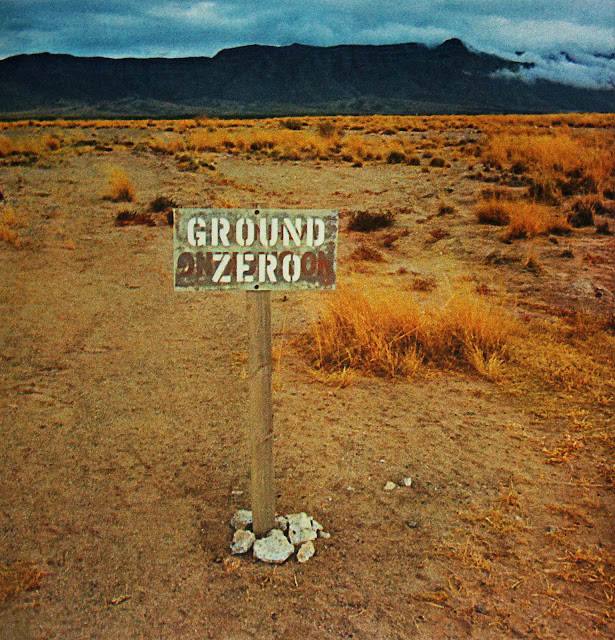Review: Sasha
Lilley, David McNally, Eddie Yuen and James Davis, Catastrophism: The
Apocalyptic Politics of Collapse and Rebirth (PM Press, 2012)
This is the end. My
only friend: the end. - JM
Capitalist
governance is hardly thinkable today outside the shifting contours of the
politics of fear. Terror pulses and surges within the global social process,
and anxiety shapes the very forms of contemporary subjectivity. The logic of
accumulation dominates through a flexible mix of enjoyment and enforcement. Under
the pressures and miseries of social and ecological crises, fantasies of doom
animate both the dream machines of the culture industry and the political
imaginaries of divergent social movements. To experience collective
self-destruction as a supreme aesthetic pleasure, Benjamin noted back at the
opening of the new era of terror, is bad politics.
Catastrophism:
The Apocalyptic Politics of Collapse and Rebirth offers a superb and needed critical overview
of current tendencies toward an aestheticizing politics of doom. Evolving out
of discussions catalyzed by Iain Boal and the Retort collective, these essays
by Lilley, McNally, Yuen and Davis survey and analyze the traps and delusions
involved when catastrophe scenarios are deployed as a mobilizing political
figure. Clearly, we need to understand these pitfalls, for as Yuen observes,
our moment ‘is saturated with instrumental, spurious, and sometimes maniacal
versions of catastrophism – including right-wing racial paranoia, religious
millenarianism, liberal panics over fascism, leftist fetishization of
capitalist collapse, capitalist invocation of the “shock doctrine,” and pop
culture cliché’(pp. 15-16).






